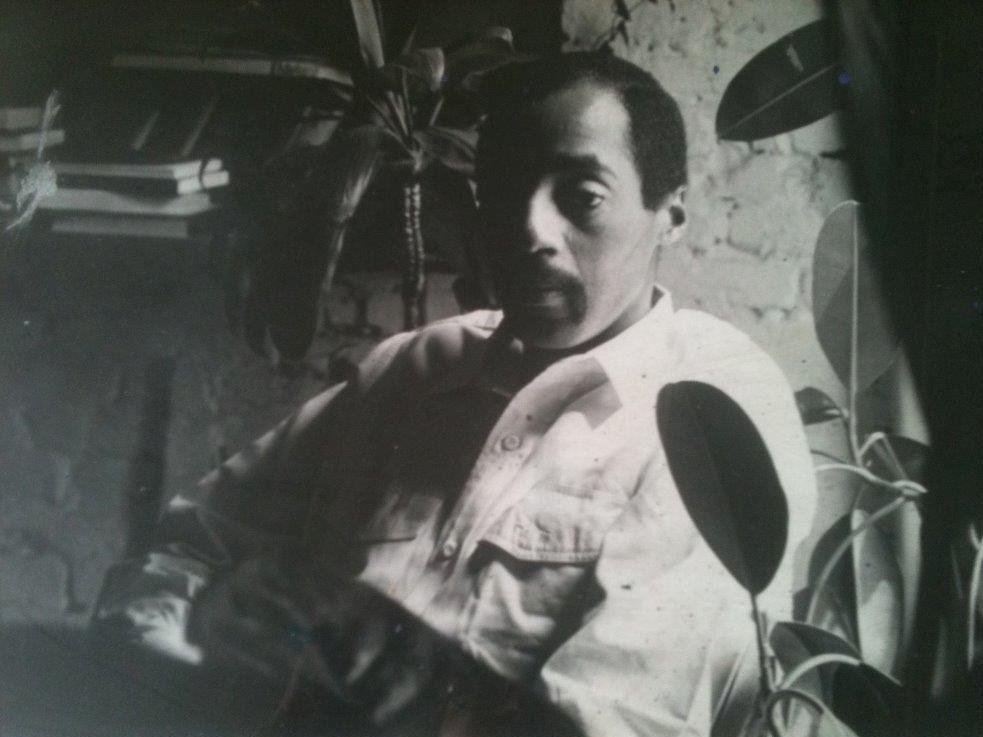Emilio Cruz
Emilio Cruz has been described as an Expressionist painter. Expressionism is a style of painting that stresses the artist’s emotions over strict adherence to the rules of realism and proportion. Cruz draws on ideas and beliefs from many different cultures to create his art. Western philosophy, Eastern philosophy, art history, paleontology, myths, and his own dreams inform his work. But the strongest single artistic influence–the thread that runs through most of Cruz’s work–is his own set of beliefs. He believes that art, to be relevant, must feed the spirit: “Integrity is formulated by acknowledging those things that we find inform us about the nature of the human spirit. The word inspired means ‘in the spirit.’ [Being] in the spirit is always avante garde.”
Cruz also believes that humans have arrogantly placed all living things in danger of total destruction. Pollution, war, violence, and nuclear devastation cast a dark shadow over his world of art.
In 1990 Cruz executed his “Homo Sapiens” series. The paintings comprise several panels, each eight feet tall and two feet wide, depicting human figures, male and female, with their skeletons exposed. Each figure is standing upright, but they all strike different poses and bear different facial expressions. Some critics feel that Cruz is portraying mortality as the common bond among all human beings. The figures may look different on the outside, but they all have skeletons, all of us will die regardless of our ethnicity, race, gender, or religious background. Cruz also highlights the importance of the spine by making it the prominent feature of each figure, suggesting perhaps that the inner spiritual essence of a person ought to be the main thing on which we focus. The artist was quoted as saying that the spine is the seat of human consciousness and the location of the oldest part of the brain. The “Homo Sapiens” series reinforces the concept of the timelessness of the human spirit.
A piece that seems to show Cruz’s concern for the destructiveness of the human race is Green Leaf Turned Grey Laments Its Roots. A large solitary leaf with a thin pale green and light brown stem grows out of a hard slab of brown dirt. Sunlight is noticeably absent. The leaf appears to be enclosed in a dark gray box. Death and gloom permeate the piece; it evokes the harshness of a nuclear winter, an environment–created by humans–that is not able to sustain life.
In two paintings titled The Beast of My Story and The Beast of My Story II, Cruz appears to be mining his own dreams for subject matter. In both pieces the surrealistic figures are strange and menacing looking animals. Their heads are turned backwards, their mouths are opened like snarling dogs, and sharp projections rise along the lengths of their backs, making them look like ancient reptiles. Cruz blends the conscious with the unconscious and fantasy with reality to confront the most frightening beast of all–our imaginations.
St. James Guide to Black Artists
Edited by Thomas Riggs, published by St. James Press, Detroit, 1997, p. 126.

